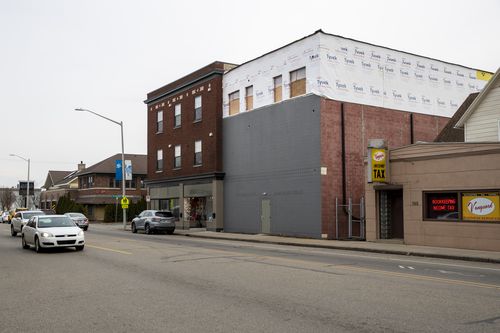Land Subsidence Threatens Global Realty Sector


According to a new study, researchers have determined that 19 percent of the world’s population, accounting for 21 percent of the global GDP, will be affected by land subsidence by 2040. Subsidence is the sudden sinking or gradual settling of land due to removing subsurface materials. The land subsidence noted in the study primarily focuses on subsidence due to pumping groundwater out of aquifers. While subsidence is not a new phenomenon, it is increasing at an alarming rate. Drought, rising seas and global heating combined with the lack of pumping regulations and increasing populations will create problems worldwide: To that end, the study looked at 200 locations in 34 countries. Further, in addition to residential and commercial real estate damage, subsidence can damage critical infrastructure, including water systems, such as dams and systems for delivery, as well as bridges, roads and levees - all of which is already under strain from the effects of climate change and age. The result, as some studies have suggested poses a long-term threat to the worldwide real estate sector. Despite hundreds of years of engineering to manage land below sea level, the Netherlands continues to sink. Mexico, China and India are also in the the subsidence crosshairs. Perhaps the most extreme example, however, is 2.5 meters Indonesia, which is making plans to move its capital from Jakarta to Borneo, as Jakarta has sunk more than in the past ten years. Many sections of Jakarta are no longer safe to live in - and predictions are that some sections will be completely submerged by 2050. For reference, Jakarta is a city of 10 million people, all of whom will eventually need to be relocated. The good news is that, as opposed to climate change, land subsidence is a much easier problem to solve, and often the solutions are at the local and regional level. Satellites and radar can quickly identify areas at risk of subsidence. Policies and tools by local governments to monitor and regulate groundwater withdrawals are available and battle tested.
Tags : INTERNATIONAL real estate sector GDP Land Global




